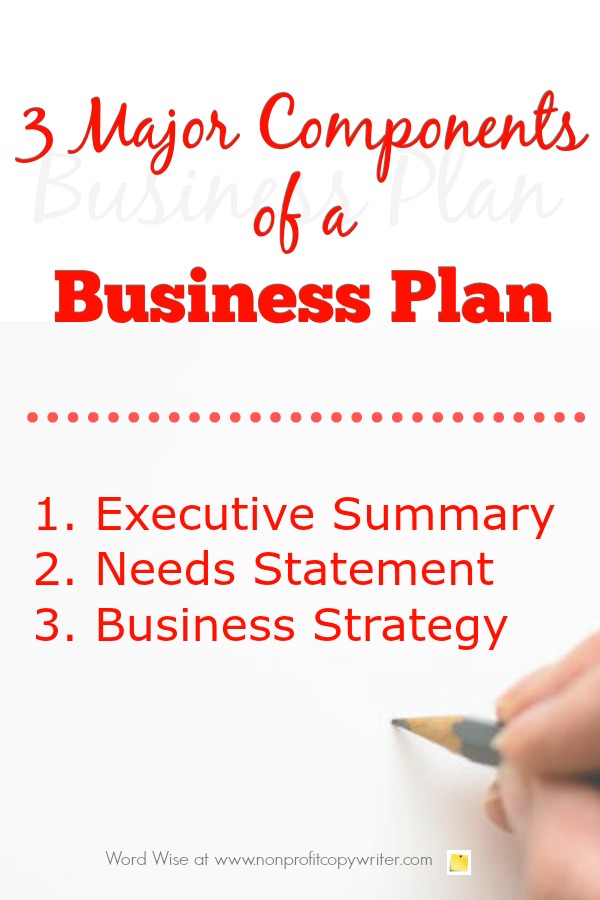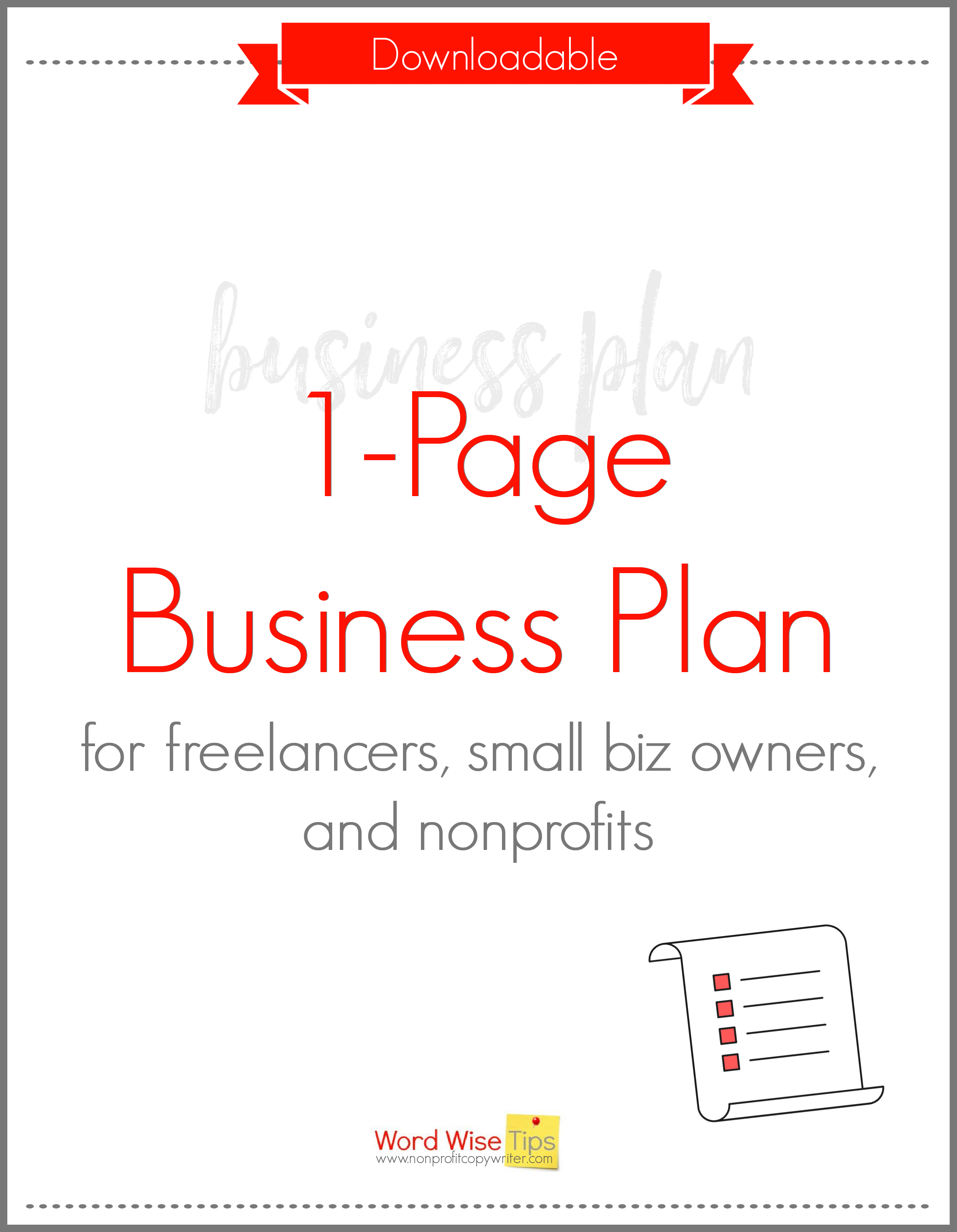Save Time: Get 5 Simple Writing Tips
you can put to use in 10 minutes
How to Create an Effective Business Plan for Nonprofit Organizations
Award-winning writer Kathy Widenhouse has helped hundreds of nonprofits and writers produce successful content , with 750K+ views for her writing tutorials. She is the author of 9 books. See more of Kathy’s content here.
Updated 10.30.25
You can create a business plan for nonprofit organizations using a similar approach to creating any other business plan.
That may seem daunting. Don’t let it be.
Your plan provides structure to define your organization and you need one whether you are a new business, a growing company, or an established firm (see how the good folks at Cornerstone University explain the benefits of a business plan no matter what stage you're in.)
A business plan states your goals (Executive Summary), the needs your goals help meet (Needs Statement), and a roadmap to achieving them (Business Strategy.)
The document is particularly useful when seeking funding or making a presentation to a funder. Use your business plan to connect the dots between the wonderful work you do and the resources needed to do it.
(Get a more detailed information for writing business plan elements here.)
Three major components of a business plan for nonprofit organizations
I. Executive Summary
The Executive Summary provides key information for readers who need to understand your nonprofit.
- Offer a concise overview of your organization
- List organizational identity information, including your mission statement and vision statement.
- Provide a brief organizational history
- Explain the services you provide, where you provide them, and additional subsidiary locations
- Describe your board of directors and its role
- List the types and number of employees needed
- Summarize your funding sources
- Outline short- and long-term funding sustainability plans
II. Needs Statement
The Needs Statement (sometimes called a Market Analysis) makes the case for your services through
market analysis, data, and facts.
- Explain the documented need for your service, using concrete data.
- Outline what other organizations meet this need or provide a similar service – and what overlap and services will exist with yours, if any.
- Describe your target beneficiaries: who are they? Where are they located? How many are there?
- Explain what happens to your target beneficiaries if you do not provide your service or meet the need.
III. Business Strategy
This “how-to” portion of your business plan describes the way you will deliver services.
Organizational summary
- Outline how your nonprofit will be organized, including an organizational chart which lists board of directors and staff responsibilities
- Provide job descriptions for key staff members
Operational strategy
- Give an explanation of your plan to deliver services
- List a summary of your offices, location(s), equipment, inventory
- Describe your programs, including staff and volunteers needed, how programs will be implemented, and how program success will be measured, as in clear objectives
Marketing strategy
- Explain how you will communicate about your nonprofit to reach three different constituencies: your beneficiaries (so they can find out about your services), your donors or prospects (who provide resources for your work), and the general public (so you can eventually partner with them as beneficiaries or donors.) A good marketing strategy includes a mix of print, electronic, and face-to-face tactics.
Financials
- Provide an annual budget with revenues and expenses
- List your funding sources, including grants, loans, gifts, in-kind gifts, pro bono services, and fees
- Detail outstanding loans, debts, holdings, bonds and endowments
- Explain your partnerships with collaborators, particularly if you share workspace or employees, and the responsibilities of each
Get your FREE, 1-page business plan template here.
Extra Tips to Write Business Plan for Nonprofits
- Start simple. A business plan can (and should) change over time, becoming more sophisticated as your organization grows.
- Where possible, use graphs and charts to demonstrate data.
- An effective business plan usually covers a time period of no more than 1 year.
- Re-visit and re-write your business plan annually.
Get your FREE, 1-page business plan template here.
More Nonprofit Writing Tips
Create a Strategic Plan with this Step-By-Step Guide ...
Pre-writing steps to writing a business plan ...
Quick business plan writing tip ...
Writing business plan elements: what should you include?
Business plan writing tips to make the process easy and quick ...
Strategic planning for nonprofits: what it's all about ...
Elements of a nonprofit strategic plan ...
5 Important Tips for Writing Objectives: Be S.M.A.R.T. ...
Your elevator speech: can you explain your nonprofit in 30 seconds?
USP: your nonprofit's Unique Selling Proposition ...
Find more tips on writing a Business Plan Pinterest board ...
As an Amazon Associate I earn from qualifying purchases.
Share This Page

Named to 2022 Writer's Digest list
BEST GENRE/NICHE WRITING WEBSITE


Stop Wasting Time!
Grab your exclusive FREE guide, "5 Simple Writing Tips You Can Put to Use in 10 Minutes or Less"













